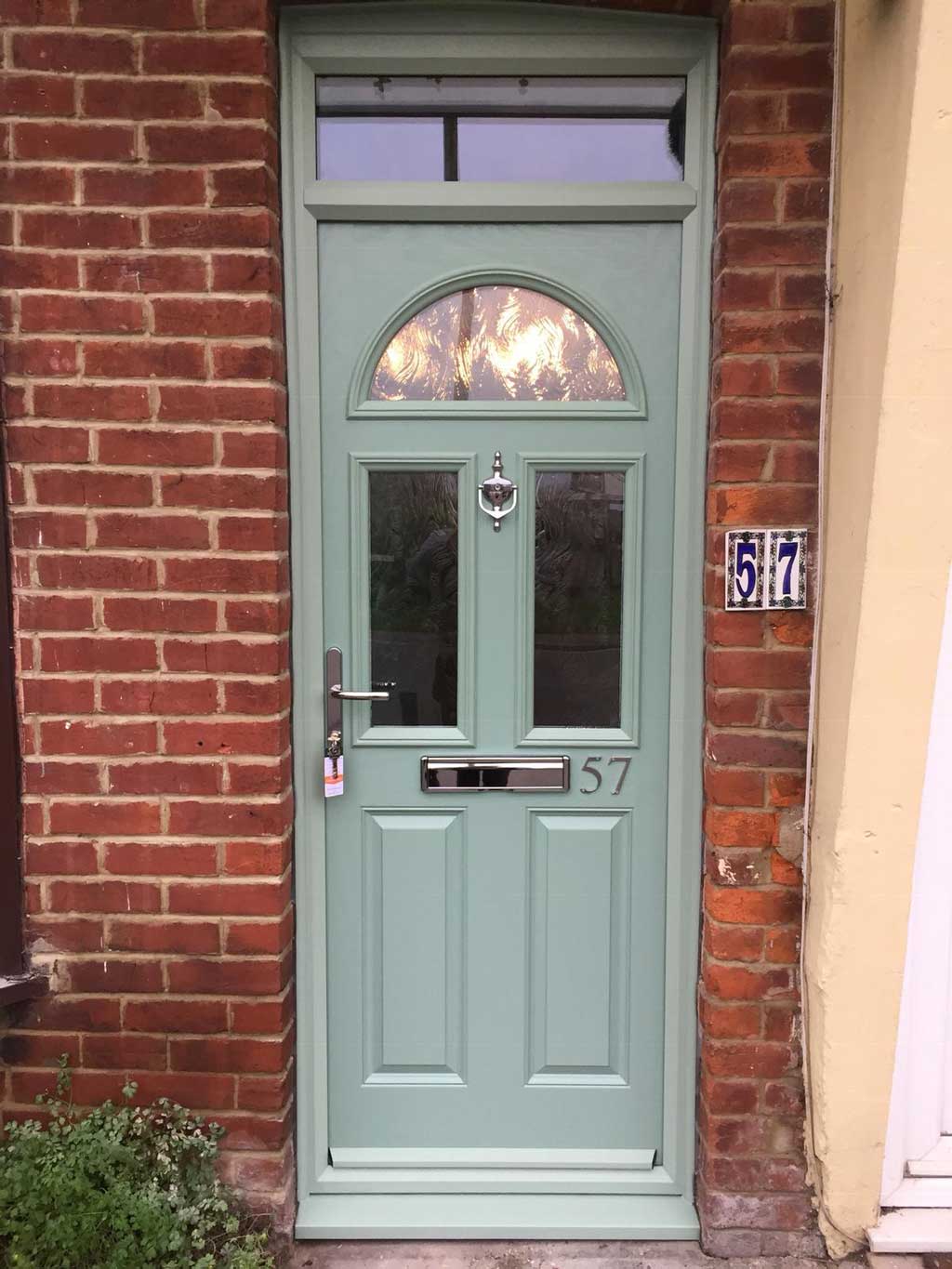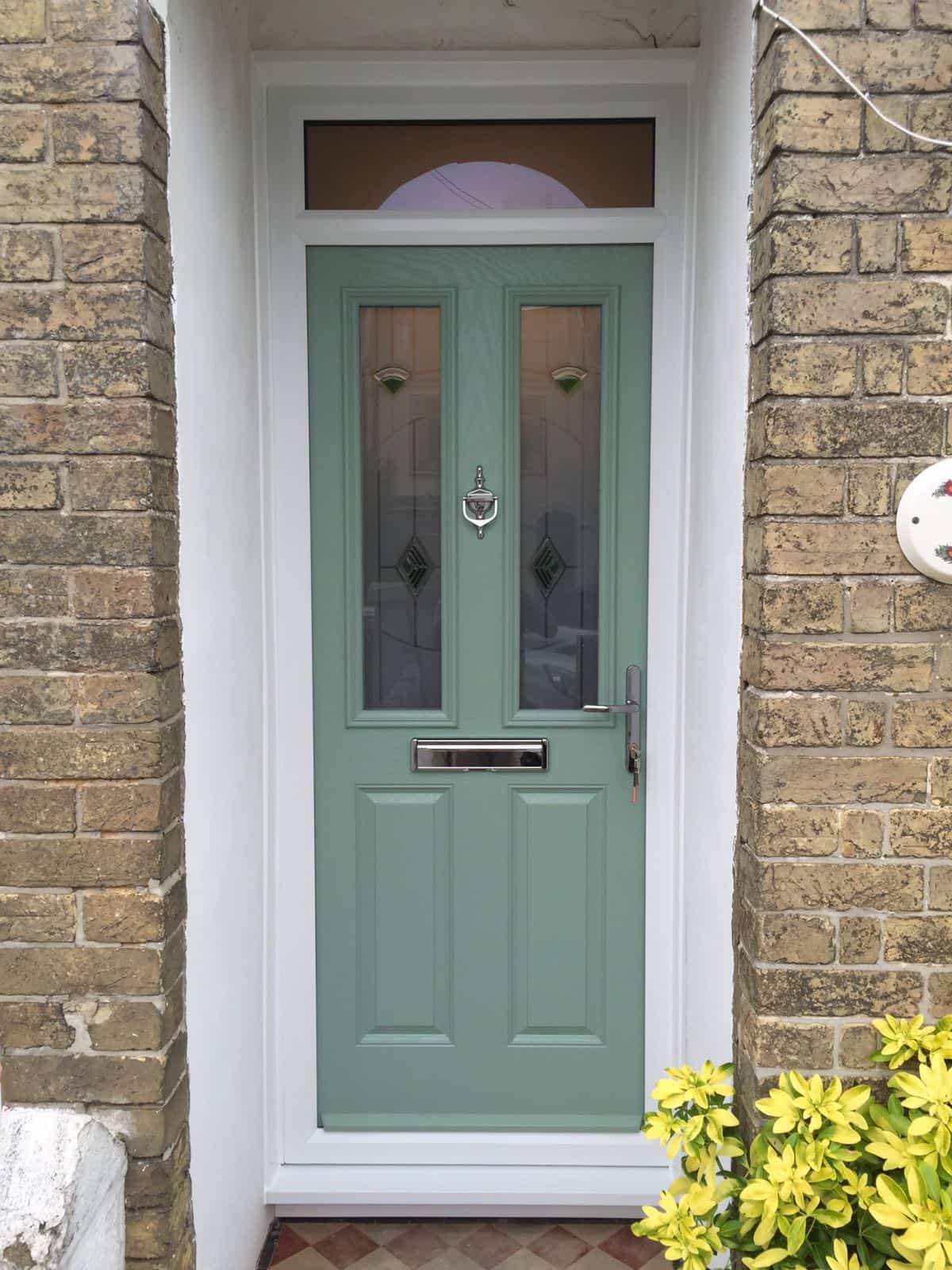
Sustainable Materials for Interior Doors: An Eco-Friendly Choice
As the world becomes increasingly aware of the need to protect the environment and reduce our carbon footprint, the demand for sustainable materials in various industries has grown exponentially. One area that has seen a significant shift towards eco-friendly alternatives is interior design, particularly when it comes to doors. In this article, we will explore the concept of going green and discuss some of the most popular sustainable materials for interior doors.
The Importance of Sustainable Materials
Using sustainable materials for interior doors is essential for several reasons. First and foremost, it helps reduce the negative impact on the environment. Traditional door materials, such as solid wood or non-recyclable composite materials, contribute to deforestation and generate substantial waste during manufacturing and disposal. By choosing sustainable materials, we can minimize these harmful effects and conserve our natural resources.

Secondly, sustainable materials often have better indoor air quality. Conventional door materials, especially those made with toxic chemicals or adhesives, can release harmful volatile organic compounds (VOCs) into the air, posing health risks to occupants. Opting for eco-friendly alternatives ensures a healthier and safer indoor environment for everyone.
Bamboo: A Versatile and Renewable Option
Bamboo has gained immense popularity in recent years as a sustainable alternative to traditional door materials. It is a fast-growing grass that can be harvested within 3-5 years, compared to the several decades required for hardwood trees to mature. This rapid growth rate makes bamboo highly renewable and sustainable.

Furthermore, bamboo is extremely versatile and can be engineered into various door styles and designs. It is remarkably strong and durable, making it an excellent choice for high-traffic areas. Additionally, bamboo has a beautiful aesthetic appeal, with its natural grain patterns and warm tones that can complement any interior décor.
Reclaimed Wood: Giving New Life to Old Materials
Reclaimed wood is another sustainable option for interior doors that has gained popularity in recent years. It involves repurposing old wood from buildings, barns, or other structures and giving it a new life as a door. This process not only eliminates the need for cutting down new trees but also reduces waste and landfill usage.

Reclaimed wood doors offer a unique and rustic charm to any space. Each piece of wood carries a history and character that cannot be replicated. They can be customized to fit different styles, from traditional to contemporary, and add a touch of warmth and natural beauty to any room.
Recycled Aluminum: A Modern and Sustainable Choice
For those looking for a more modern and sleek option, recycled aluminum doors are an excellent choice. Aluminum is one of the most easily recyclable materials, and using recycled aluminum significantly reduces the energy and resources required for production.

Recycled aluminum doors are not only environmentally friendly but also highly durable and low maintenance. They are resistant to rust, corrosion, and warping, making them ideal for areas with high humidity or extreme weather conditions. Additionally, aluminum doors can be customized with various finishes and colors to suit different architectural styles.
Other Sustainable Materials to Consider
While bamboo, reclaimed wood, and recycled aluminum are among the most popular sustainable materials for interior doors, there are several other options worth considering:
- Cork: Cork is a renewable and biodegradable material that offers excellent insulation and soundproofing properties. It is harvested from the bark of cork oak trees without harming the tree itself.
- Recycled Glass: Glass doors made from recycled glass not only contribute to waste reduction but also allow for natural light to flow through, creating a bright and airy atmosphere.
- Plant-based Composites: Composites made from plant-based fibers, such as wheat straw or sunflower husks, offer a sustainable alternative to conventional wood composites.
- Low-VOC Paints and Finishes: Regardless of the material chosen for the door, using low-VOC paints and finishes ensures a healthier indoor environment.

The Future of Sustainable Interior Doors
As the demand for sustainable materials continues to rise, the future of interior doors looks promising. Manufacturers are constantly exploring innovative ways to create eco-friendly alternatives that are both aesthetically pleasing and durable. By choosing sustainable materials, we can contribute to a greener tomorrow while enjoying the benefits of high-quality and stylish interior doors.
Summary
Choosing sustainable materials for interior doors is a crucial step towards creating a greener and more eco-friendly living environment. Bamboo, reclaimed wood, and recycled aluminum are among the most popular options, offering durability, versatility, and aesthetic appeal. Other sustainable materials, such as cork, recycled glass, and plant-based composites, also provide unique benefits. By opting for these materials and using low-VOC paints and finishes, we can reduce our carbon footprint and improve indoor air quality. The future of interior doors is moving towards more sustainable solutions, ensuring a harmonious blend of style and environmental consciousness.